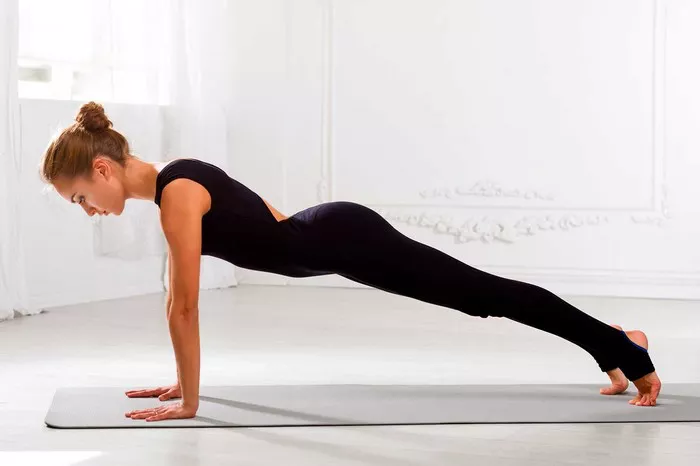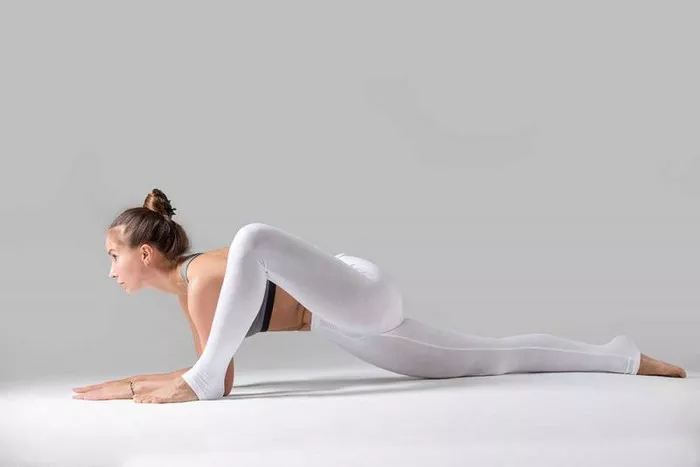Yoga is a practice that not only enhances physical fitness but also nurtures mental clarity and emotional balance. Among the myriad of poses, the Lord of the Dance pose, or Natarajasana, stands out for its elegance and complexity. This pose, inspired by the cosmic dance of Lord Shiva, symbolizes grace, creativity, and the harmonious balance of life. In this comprehensive guide, we will delve into the intricacies of Natarajasana, exploring its benefits, techniques, variations, and how to incorporate it into your yoga practice.
Understanding Natarajasana
Origin and Significance
The Lord of the Dance pose derives its name from the Sanskrit words “Nataraja,” meaning “King of Dance,” and “asana,” which translates to “pose.” In Hindu mythology, Lord Shiva is depicted as Nataraja, performing a cosmic dance that represents the cycle of creation, preservation, and destruction. This pose embodies the energy and fluidity of dance, inviting practitioners to explore their own movement and expression.
Anatomy of the Pose
Natarajasana requires strength, balance, flexibility, and focus. The pose engages multiple muscle groups, including:
Leg Muscles: The standing leg supports the body’s weight, while the lifted leg engages the glutes and hamstrings.
Core Muscles: A strong core is essential for stability and balance.
Shoulders and Arms: The arms must be extended gracefully, engaging the shoulders and upper back.
Benefits of Natarajasana
Practicing Lord of the Dance pose offers a myriad of physical and mental benefits:
Physical Benefits
Improves Balance: The pose enhances proprioception and balance, crucial for overall stability.
Increases Flexibility: Stretching the legs and back promotes flexibility, especially in the hips and quadriceps.
Strengthens Muscles: Engaging the core and leg muscles builds strength, contributing to better posture and alignment.
Enhances Focus: Maintaining balance requires concentration, which can help improve mental clarity and focus.
Mental and Emotional Benefits
Boosts Confidence: Achieving balance in this pose fosters self-confidence and a sense of accomplishment.
Promotes Mindfulness: The need for focus encourages practitioners to be present in the moment.
Encourages Creative Expression: The fluidity of the pose allows for personal interpretation and creativity.
Step-by-Step Guide to Natarajasana
Preparatory Poses
Before attempting Lord of the Dance pose, it’s beneficial to warm up with preparatory poses that enhance flexibility and balance. Consider incorporating these poses:
Tree Pose (Vrksasana): Builds balance and stability.
Dancer’s Pose (Natarajasana): A gentler version to prepare for the full pose.
Warrior III (Virabhadrasana III): Strengthens the legs and core.
See also: The Art of Movement: Exploring Artistic Yoga Poses
Alignment and Technique
Starting Position: Begin in Mountain Pose (Tadasana), standing tall with feet together, arms at your sides.
Shift Weight: Shift your weight onto your left leg, grounding through the foot.
Bend the Right Knee: Lift your right leg behind you, bending at the knee.
Grab the Foot: Reach your right hand back to grasp your right ankle or foot.
Extend the Left Arm: Stretch your left arm forward, parallel to the ground.
Engage the Core: Draw the belly button in toward the spine for stability.
Lift the Right Leg: Gently lift your right leg while maintaining balance on the left leg.
Open the Chest: Keep the chest open and shoulders relaxed.
Hold the Pose: Breathe deeply, holding the pose for several breaths before slowly releasing.
Common Challenges and Solutions
Balancing Issues
Challenge: Difficulty maintaining balance on one leg.
Solution: Focus on a fixed point in front of you (drishti) to enhance concentration and stability. Additionally, use a wall or chair for support while practicing.
Flexibility Limitations
Challenge: Inability to grasp the foot or lift the leg fully.
Solution: Use a strap around the foot to aid in holding the position. Gradually work toward grasping the foot as flexibility increases.
Core Engagement
Challenge: Lack of core strength affecting stability.
Solution: Incorporate core-strengthening exercises, such as planks and boat pose, into your routine to build strength.
Variations of Natarajasana
Simplified Variations
Reclined Dancer Pose: Perform the pose while lying on your back, lifting one leg and holding the foot.
Dancer’s Pose with a Strap: Use a strap around the foot to maintain stability.
Advanced Variations
Dynamic Natarajasana: Move in and out of the pose to create fluidity and enhance balance.
Natarajasana with a Twist: Add a gentle twist in the torso for increased complexity.
Incorporating Natarajasana into Your Practice
Creating a Flow
Integrate Natarajasana into a flow sequence. For example:
Begin with Sun Salutations to warm up.
Include preparatory poses like Tree Pose and Warrior III.
Transition into Natarajasana, holding for several breaths.
Flow into a counterpose, such as Forward Fold or Child’s Pose.
Mindfulness and Meditation
After practicing Natarajasana, take a moment to reflect on your experience. Engage in mindfulness meditation, focusing on the feelings of balance and grace.
Conclusion
The Lord of the Dance pose is a beautiful expression of balance, creativity, and strength in yoga practice. By understanding its origins, benefits, and techniques, you can deepen your practice and embrace the joy of movement. Remember, the journey to mastering Natarajasana is personal and unique—allow yourself the grace to explore and grow.
With dedication and mindfulness, you can find your balance in the Lord of the Dance pose, both on and off the mat. Embrace the dance of life, and let your spirit soar!
You Might Be Interested In
Fun Yoga Poses: A Playful Path to Mindfulness and Movement
Finding Relief: Yoga Poses for Trapped Gas
Elevate Your Practice: A Full Guide to Acro Yoga Poses for Two























